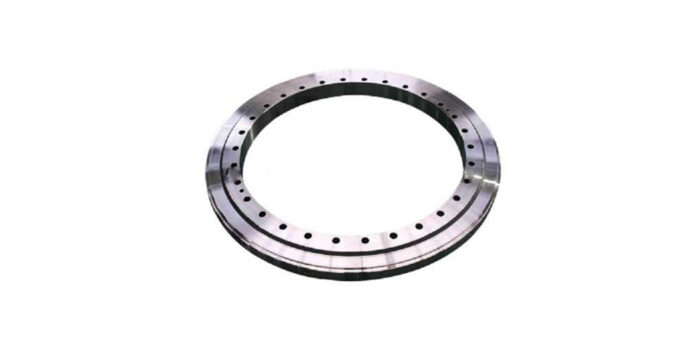Large slewing rings are mainly used in lifting equipment that needs rotation. These bearings have complex load handling capability and handle combinations of thrust, radial, and tilting. They are also used in heavy-duty applications that include cranes, shovels, bucket trucks, tunnel boring machines, and excavators. However, slewing ring bearing is prone to failure, particularly when not maintained as required.
Due to their size, the bearings are quite expensive. The regular schedule for torque checks, gear lubrication, and raceway lubrication must be done properly whether the equipment is idle or used regularly.
Bearing Lubrication
You should lubricate bearing at regular intervals with appropriate grease. In most cases, heavy-duty grease is used. Oscillating applications or rotating equipment, such as excavators, cranes, and backhoes, ought to be lubricated after every hundred hours of operation. For continuously rotating equipment or moving equipment such as boring machines and trenches, lubrication should be done after every 8 hours.
When adding grease, you should rotate the machine to spread the grease throughout. Ensure you add adequate grease to expel the old grease through seals. This is an important procedure that eliminates contamination.
You should note that after an extended period, grease begins to dry out. Therefore, it is advisable to introduce grease after every three months, whether your equipment is running or idle.
Bolts
During routine maintenance, you should check bolt torque. The frequency of the checks is dependent on the severity of the service. Shock and vibration can loosen the bolts. Therefore, periodic torque checks ensure that proper preload levels are maintained.
Ensure mounting bolts are torqued to the required level and checked on a routine basis to provide pre-tension. You should note that pre-tensioned bolts can fail and damage the equipment and even injuries to employees.
You should note that tightened bolts can elongate or creep over time. This does reduce the preload. Moreover, elevated temperatures can increase bolt creep.
Gear Lubrication
Large slewing ring bearings have gear teeth. Therefore, gear lubrication requirements are different from those of the bearing. Since the meshing action of the teeth is likely to squeeze out the lubricant. Ensure the gears are lubricated after every eight hours on continuously rotating equipment.
Seals
It is advisable to visually inspect seals to ensure that they are intact. Although this may seem to be insignificant, the seals help prevent raceway contamination. Due to the severity of large-bearing applications, the bearings become worn. With maintenance, a worn bearing is still useful, saving you cost and time of buying replacement bearing.
Storage
When storing your slewing bearing, you should have it placed horizontally in a ventilated, dry place. Moreover, it should be kept away from corrosive items and chemicals. If you have multiple sets that should be stacked aside, you should use wooden blocks. When it is time to use your slewing bearing, you should re-clean it and rust-proof it as needed.
As different industries struggle to be cost-efficient, preventative maintenance can save you hard-earned money and valuable time. Extending the useful life of your equipment with maintenance is the best way of increasing cost-efficiency.











